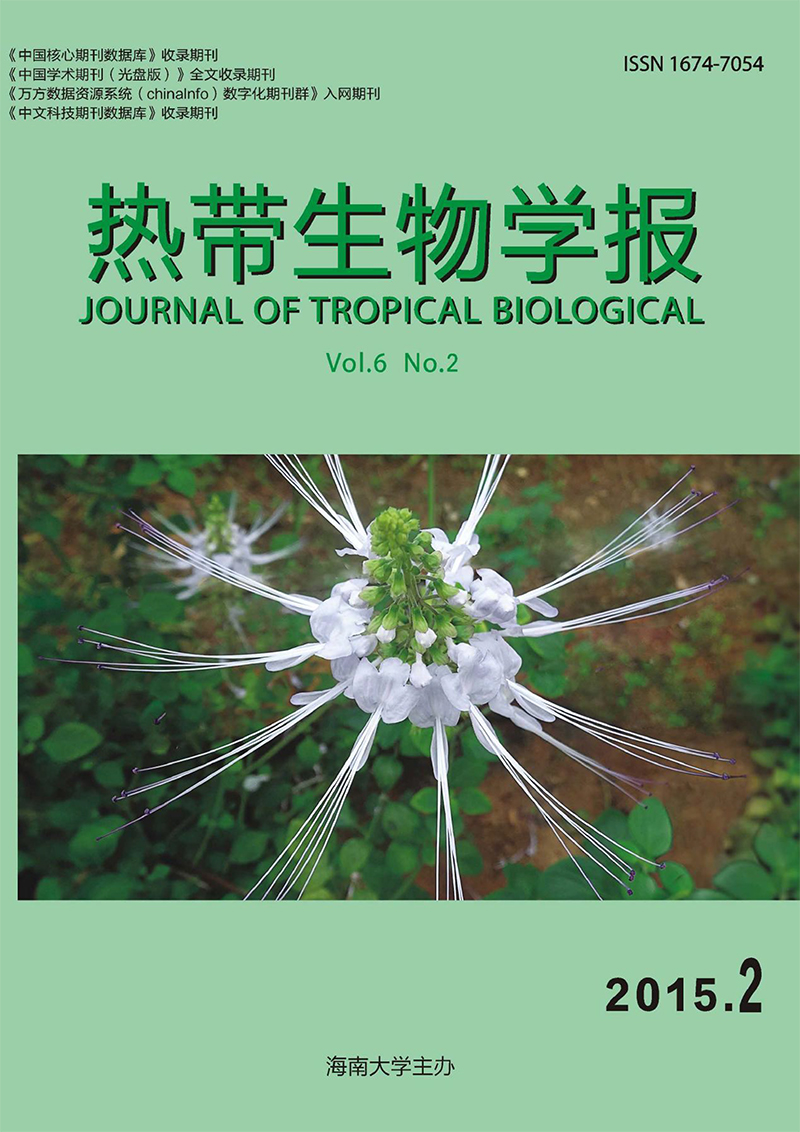Genetic Diversity in Clerodendranthus spicatus(Thunb.)Based on ISSR Markers
doi: 10.15886/j.cnki.rdswxb.2015.02.016
- Received Date: 2015-02-01
-
Key words:
- Clerodendranthus spicatus(Thunb.) C.Y.Wu. /
- CTAB methods /
- ISSR /
- genetic diversity
Abstract: In order to analyze the genetic diversity of Clerodendranthus spicatus( Thunb.) C. Y. Wu. in China,a total of 87 accessions of C. spicatus( Thunb.) C. Y. Wu were analyzed by using ISSR markers. One hundred of ISSR primers were designed to produce amplification products of the accessions,among which 20 primers produced distinct amplification products. The 20 primers yielded a total of 144 bands in the 87 accessions,of which 120 bands( 83. 3%) were polymorphic( 6. 0 polymorphic bands per primer). The ISSR-based genetic similarity( GS) values of the 87 C. spicatus accessions ranged from 0. 48 to 0. 98,but the GS values of six accessions of cultivars ranged from 0. 88- 0. 98. This result indicated that the genetic basis was comparatively narrow among the cultivars. Moreover,the 87 accessions were clustered into two groups by UPGMA,among which the cultivars were classified into one group and the wild species into another group. It is concluded that the wild germplasm resources of C. spicatus in China are more genetically diverse and hence have a great potential for further exploitation and utilization.
| Citation: | LUO Can, YU Xudong, WU Fanhua, GAO Xin, WANG Tongxin. Genetic Diversity in Clerodendranthus spicatus(Thunb.)Based on ISSR Markers[J]. Journal of Tropical Biology, 2015, 6(2): 204-222. doi: 10.15886/j.cnki.rdswxb.2015.02.016 |






 DownLoad:
DownLoad: